Harvest Lane Honey Beehive Screened Bottom Board
The Harvest Lane Honey Beehive Screened Bottom Board is engineered and designed by beekeepers for beekeepers. It’s hands down the best on the market. It features a slanted front landing board integrated with the bottom board and solid constructed sides for long-term use. Unlike other screened bottom boards on the market, the Harvest Lane Honey beehive bottom board has a sliding solid bottom that allows you to control the amount of ventilation that you need without having to disturb the hive.
The Harvest Lane Honey Beehive Screened Bottom Board is engineered and designed by beekeepers for beekeepers. It’s hands down the best on the market. It features a slanted front landing board integrated with the bottom board and solid constructed sides for long-term use. Unlike other screened bottom boards on the market, the Harvest Lane Honey beehive bottom board has a sliding solid bottom that allows you to control the amount of ventilation that you need without having to disturb the hive.
- Crafted with wood and heavy-gauge galvanized steel mesh
- Beehive bottom boards with screens are used to provide ventilation to the hive
- Sliding solid bottom lets you control the amount of ventilation
- Beehive screened bottom board may have splinters
- Helps with mite prevention
- Natural coloring
- 16-1/4 in. x 24-1/2 in. x 2-3/4 in.
Additional information
| Country of Origin | Made in USA |
|---|---|
| Compatibility | 10 frame langstroth hive |
| Primary Color | No Color |
| Primary Material | Wood |
| Product Height | 2.75 in. |
| Product Length | 24.5 in. |
| Product Weight | 5 lb. |
| Product Width | 16.25 in. |
| Manufacturer Part Number | WWSB-102 |

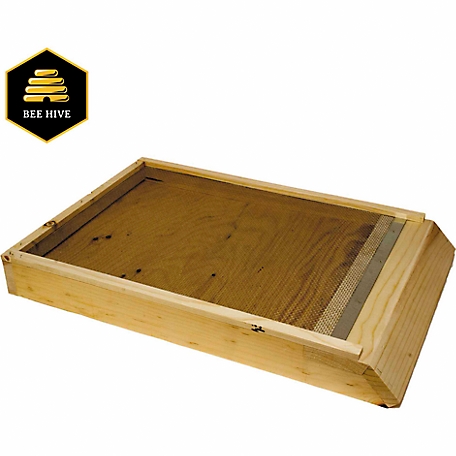
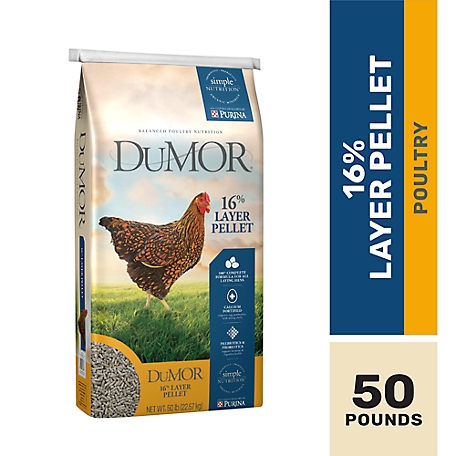
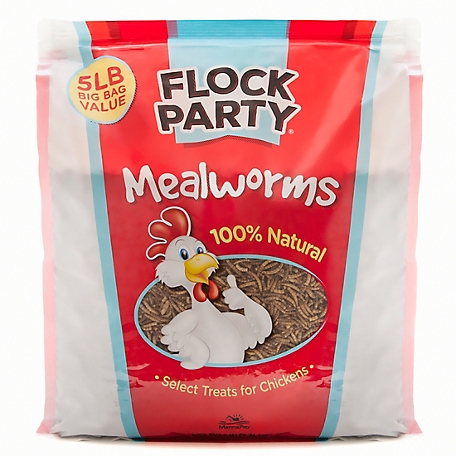
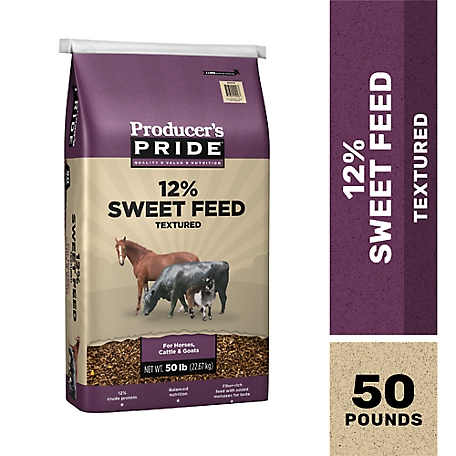
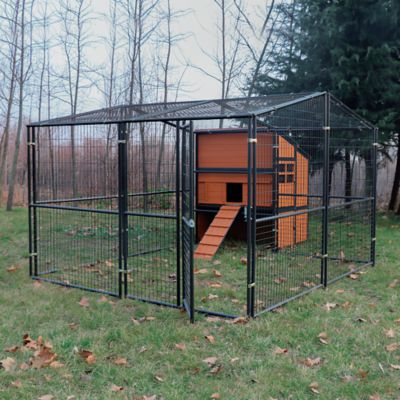
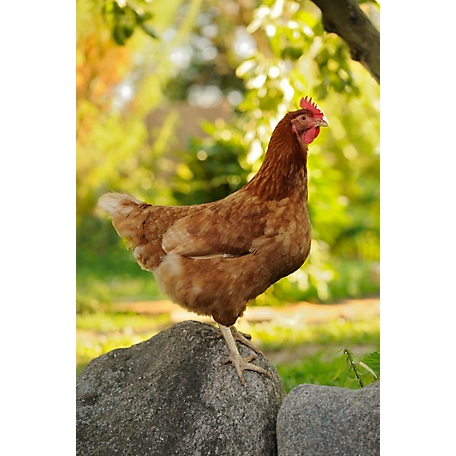

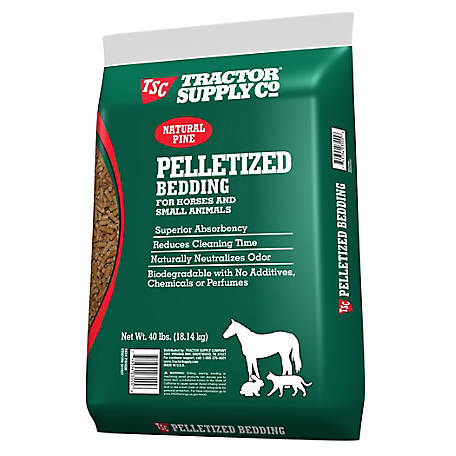
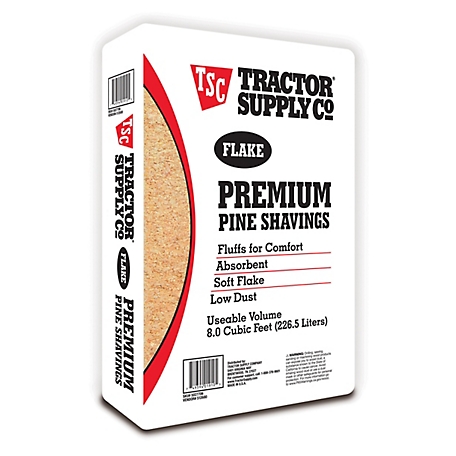
by Morgan
Best price found and good quality.
by Eddy
Add Diatomaceous Earth in it and it will take care of hive bettles !
by Lee
Fits 10 frame hive, board slides easily. Screen mesh is about as fine as window screens.
by Steve
So far this bottom board has worked awesome. Take out the board on hot days and leave it in when it’s cold. Bummer it’s not painted but it motivates me to paint it a different color on my own.
by Tere
Well built. Wish the slide in board was a bit longer. If you slide it in all.of the way, there is no way to get it back out without putting your palm flat against it on the bottom and dragging it towards the back until it sticks out enough to grab. It is more than an inch past flush. If it weren’t for this, I would have given 5 stars.
by Mark
Seems sturdy and was exactly what I was needing for mite management.
by Butlerm
The screen base is of good quality but I will use a thicker inner board for winter in central New York.
by Ricll
Everything I was expecting to get when ordered. Very satisfied.